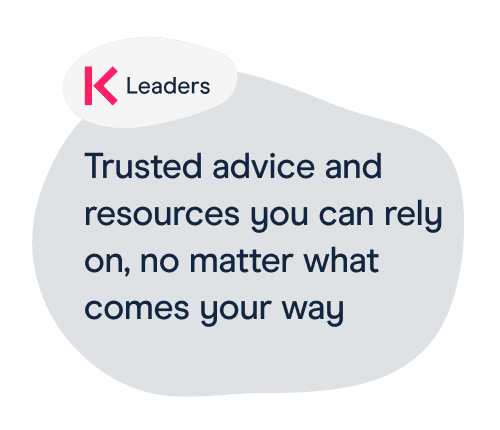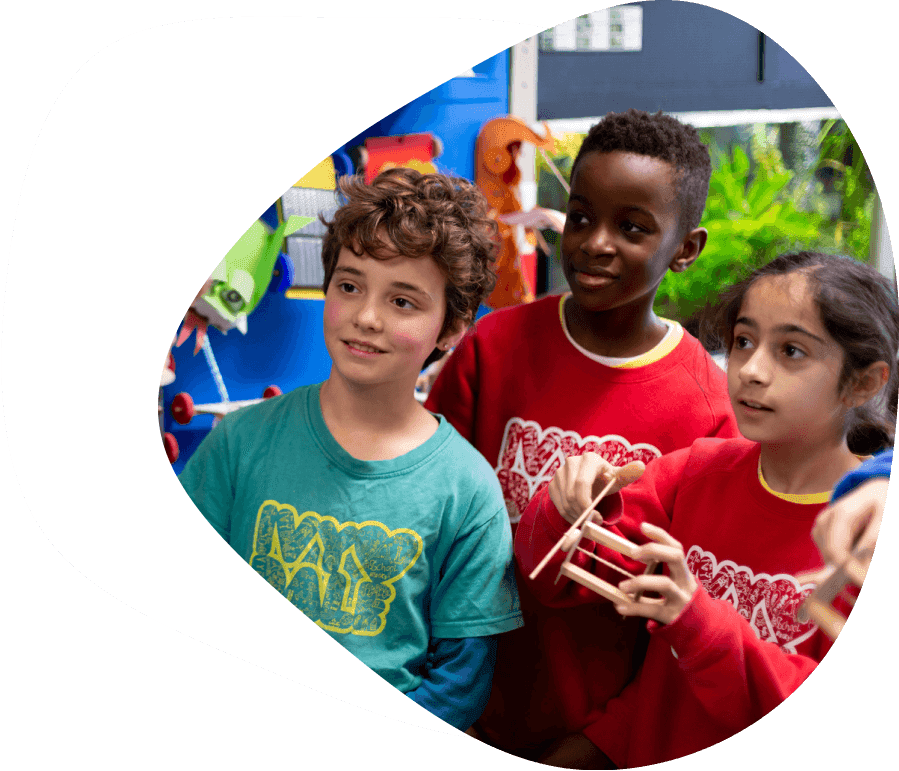This article was written with help from Kym Scott, an independent EYFS consultant.
Understand the difference between child-initiated vs adult-initiated learning
Child-initiated learning refers to all activities that a child might do in an early years setting that are not explicitly guided by a teacher, support staff or any other adult.
This can be classic symbolic or imaginative play, for example using toys and games, but can also refer to less ‘playful’ activities such as gardening or reading.
As Early Years Foundation Stage (EYFS) settings are never empty rooms, all activities will have been set up to some degree initially by an adult - the difference comes in the directions given to the child.
Adult-led learning: a member of staff tells a child to get out art supplies and draw their favourite animal Child-led learning: the child is given free access to different resources - the child then chooses to

